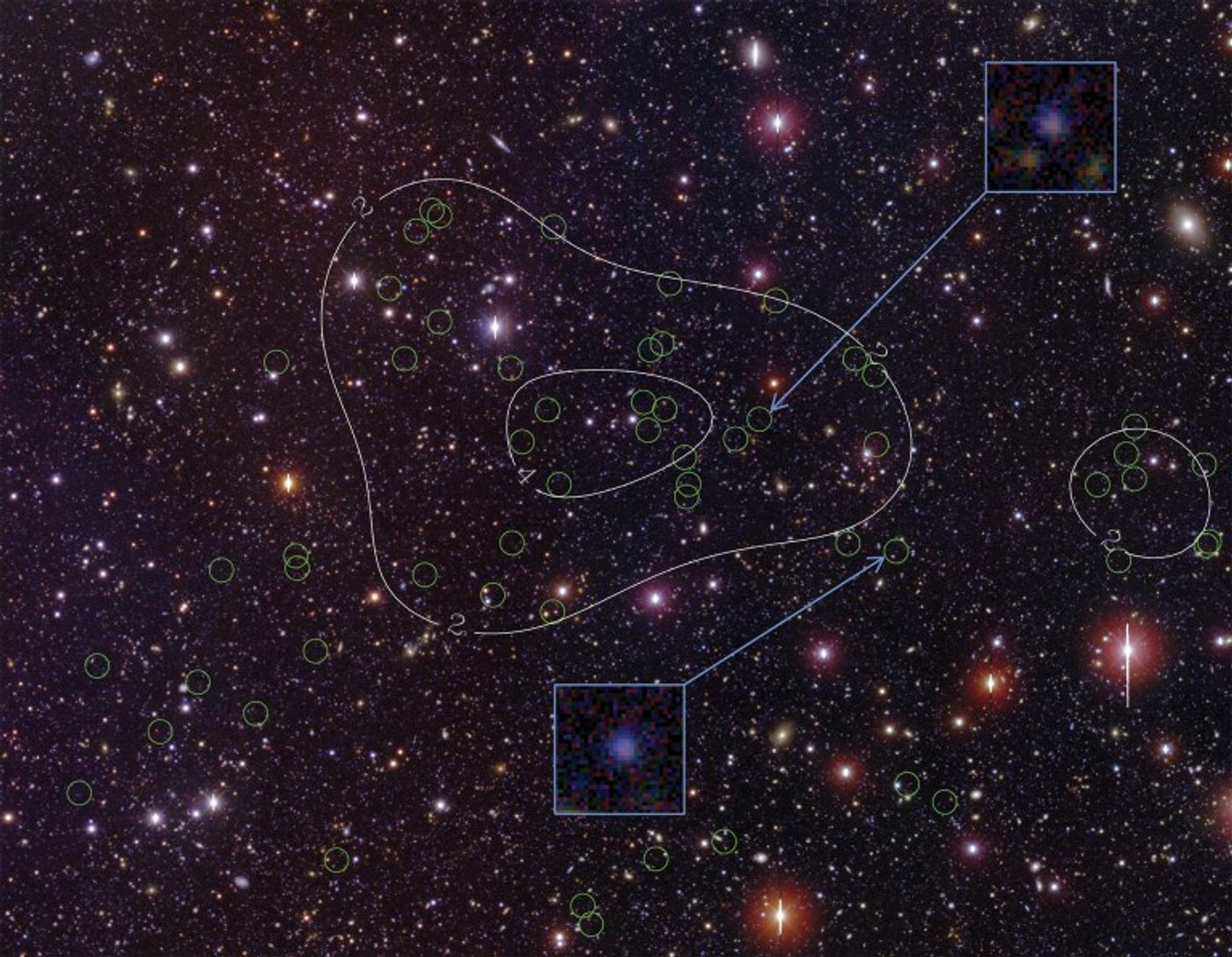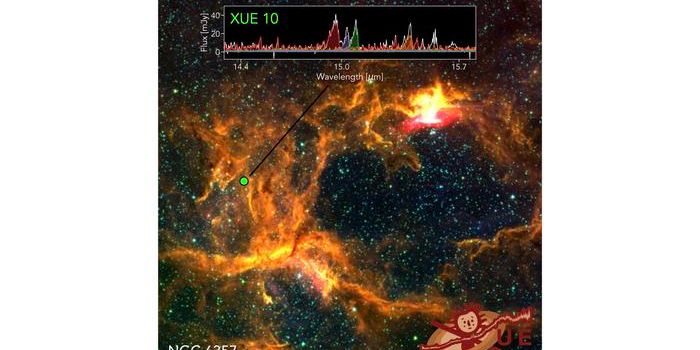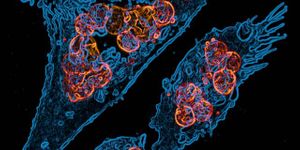Galaxy Cluster From the Early Universe Presents Itself to Astronomers
Astronomers are in awe as they have recently discovered a gigantic cluster of galaxies forming about 12 billion light years away from Earth.
At such a great distance, we’re seeing the light from the protocluster as it was 12 billion years ago, and so we get a very detailed view of the early universe at just some 12% of the universe’s current estimated age, at just 1.7 billion years after the creation of the universe.

Image Credit: Dr. Rui Xue, Purdue University
The astronomers, which observed the protocluster using high-power telescopes on Kitt Peak in Arizona and in Mauna Kea in Hawaii, note in the Astrophysical Journal that they had observed a patch in the sky no larger than two full moons to find the protocluster.
“Many of the faint galaxies in this patch lie at the same distance,” says Arjun Dey (National Optical Astronomy Observatory). “They are clumped together due to gravity and the evidence suggests that the cluster is in the process of forming.”
The protocluster is estimated to have the mass of around a thousand trillion Suns, which is unbelievably heavy. Finding galaxy clusters this large in the midst of forming is not a common occurrence; in fact, it’s pretty rare.
With nothing more than the staple of the universe, gravity, holding them together and slowly continuing to bring them closer together inside of a dense patch of the universe, it’s believed that the cluster will continue to mature as a brighter, denser galaxy cluster is eventually formed.
“The protocluster will very likely grow into a massive cluster of galaxies like the Coma cluster, which weighs more than a quadrillion Suns,” said Dr. Kyoung-Soo Lee, a co-author of the study and the one responsible for discovering the protocluster.
We don’t fully understand the dynamic of the formation of galaxy clusters this large, but finding more of them in our skies could help astronomers to study their unique physics and qualities and learn how and why they are formed.
For this reason, astronomers are now searching our skies, peering deep into the boundaries of our universe with powerful telescopes, in an attempt to find more protoclusters just like this one.
Source: National Optical Astronomy Observatory via Sky and Telescope








